Few districts capture Tokyo’s pulse quite like Shibuya. Famous for its blazing billboards, zigzagging crowds, and youth-fueled fashion scene, it’s the city’s pop-culture epicenter — and somehow still manages to feel human-sized. Between department-store escalators, leafy shrines, and side-street espresso bars, Shibuya swings effortlessly from sensory overload to peaceful retreat. And yes, even with the crowds, it’s surprisingly doable on wheels.
1. Shibuya Sky
If you want to see Tokyo in all its shimmering vastness, Shibuya Sky sits 230 meters above the mayhem — a sleek glass-and-steel rooftop deck crowning Shibuya Scramble Square. The views stretch from Shinjuku to Mount Fuji, and the elevator ride alone feels like stepping into a sci-fi film.
It’s a surprisingly calm escape from the rush below, though the thrill of being surrounded by open air at that height is pure Tokyo theater. The building connects directly to Shibuya Station, and the observation deck is fully accessible — so everyone can experience that goosebump moment when the city lights blink to life.
2. Meiji Jingu
Just steps from the urban chaos, Meiji Jingu feels like a deep breath of fresh air. A 700-meter walk through hushed forest leads to Tokyo’s most beloved shrine, where cedar trees filter the sunlight and the sound of the city disappears entirely.
Ramps and an accessible toilet make the main complex welcoming, though the long gravel approach can challenge manual wheelchair users. Still, it’s worth every push of the wheel. With its serene atmosphere, fluttering prayer tablets, and the occasional glimpse of a wedding procession in full Shinto regalia, Meiji Jingu is one of the rare places that feels almost enchanted — and you don’t need to believe in anything to feel it.
3. National Noh Theater
A short roll or ride from central Shibuya, the National Noh Theater invites you to time travel. Behind its temple-like façade, masked actors glide across a polished wooden stage in performances that have been captivating audiences since the 14th century. It’s hypnotic — slow, deliberate, poetic — and beautifully alien to modern rhythm.
The theater’s accessibility is excellent: step-free entrances, wide aisles, accessible seating, guide-dog accommodation, and even a writing board for visitors with hearing impairments. Tickets start at just 1,500 yen — cheaper than a Tokyo latte-and-sandwich combo — and the experience lingers much longer.
4. Harajuku
If Shibuya is Tokyo’s pulse, Harajuku is its daydream. Glitter, frills, punk, and neon — all crammed into a single street called Takeshita Dori, where every ten steps reveal another wild outfit, pastel dessert, or pop-up boutique. It’s ridiculous in the best possible way.
Navigating it in a wheelchair or mobility aid can be tricky — crowds surge, and some shops have steps — but visiting on a weekday makes all the difference. Nearby, Omotesando and Ura-Hara offer a calmer vibe, with international brands and tucked-away cafés that make perfect spots for people-watching. It’s a neighborhood where Japan’s fashion evolution is happening in real time — one crepe at a time.
5. Daikanyama
A ten-minute train ride and a world away in tone, Daikanyama is Tokyo’s idea of a Sunday morning. Think leafy streets, low-rise architecture, minimalist boutiques, and terraced cafés that seem designed for good lighting and better conversation. Locals come here to browse art books at the famous Daikanyama T-Site, sip iced coffee, and pretend deadlines don’t exist.
Accessibility is patchy — many small shops have steps — but the main streets and cafés with outdoor seating are easier to manage. It’s less about ticking off attractions and more about being. Bring your camera and your most unhurried self.
Where to Stay in and Around Shibuya
High-End: Shibuya Excel Hotel Tokyu
Perched above Shibuya Station, the Shibuya Excel Hotel Tokyu offers what might be Tokyo’s most dramatic check-in view — the iconic Scramble Crossing right below your window. Inside, the décor balances modern minimalism with warm tones, while the French and Japanese restaurants provide prime skyline dining.
The hotel’s accessible room spans a roomy 60.5㎡, featuring twin semi-double beds, a roll-in shower beside the bathtub, and a spacious separate toilet. Being connected directly to Shibuya Station makes it a luxury that’s also practical — a rare Tokyo combination.
Mid-Range: Hotel Sunroute Plaza Shinjuku
Just one stop from Shibuya, Hotel Sunroute Plaza Shinjuku blends value, comfort, and modern design. It’s business-district smart but not soulless — stylish enough to feel special, without the price tag to match.
Accessible rooms come with either a double or twin setup, adjustable electric beds, a dedicated call button to reception, and even electric curtains. Add reliable Wi-Fi, solid soundproofing, and an excellent breakfast spread, and it’s a no-brainer for travelers wanting convenience without compromise.

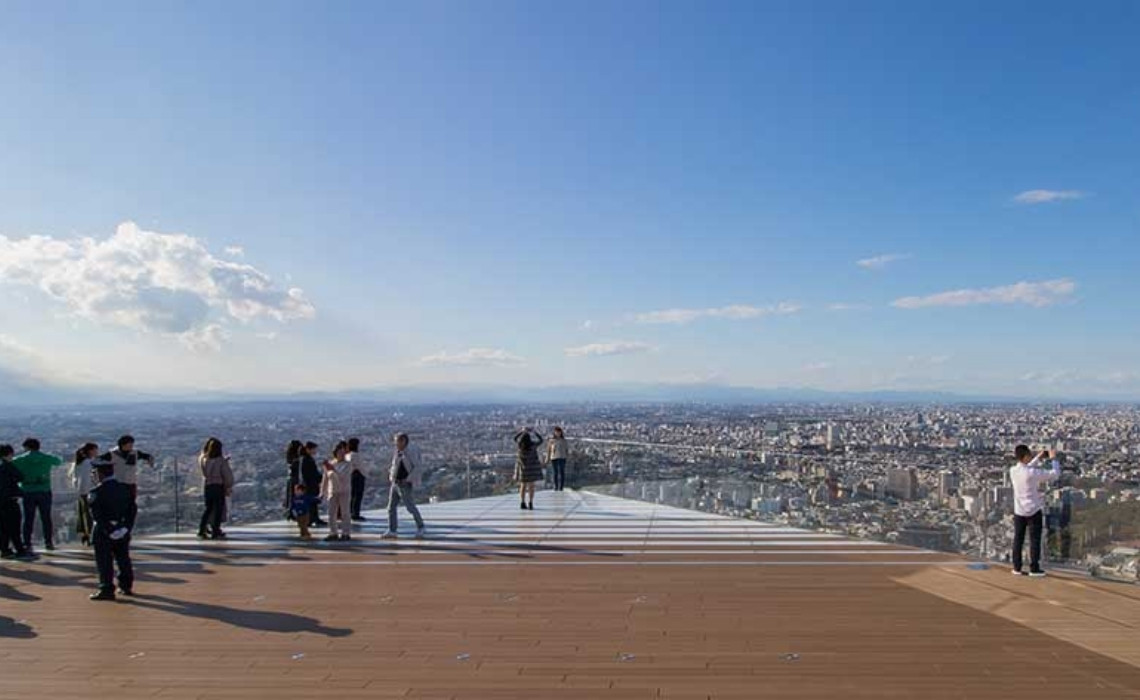
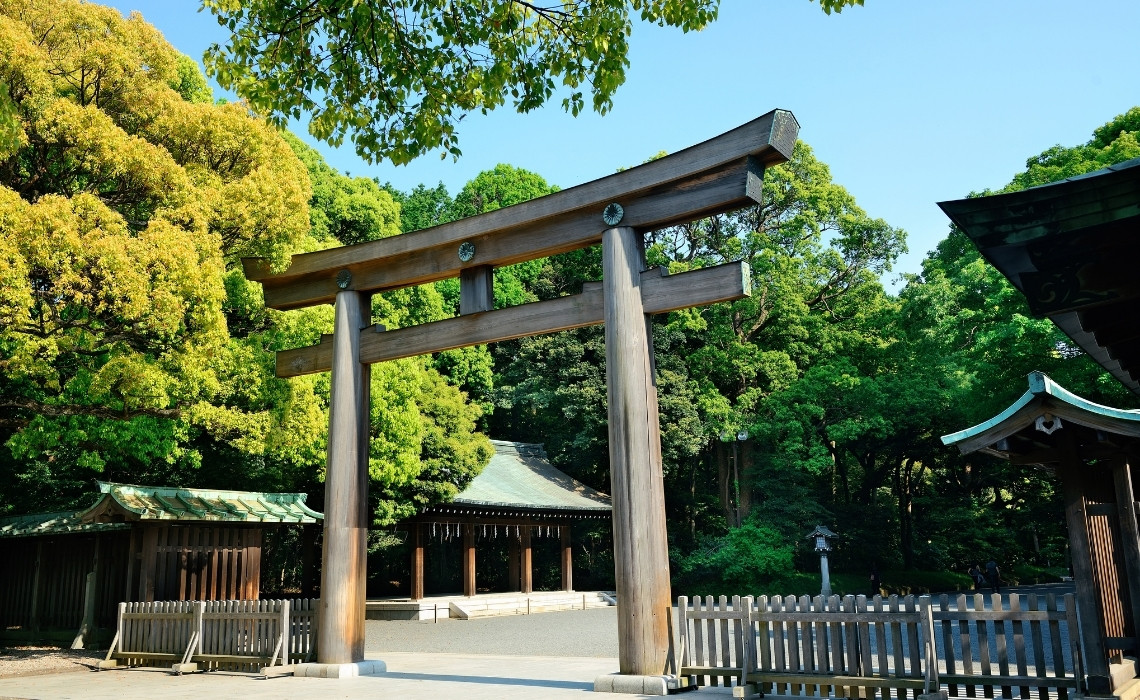
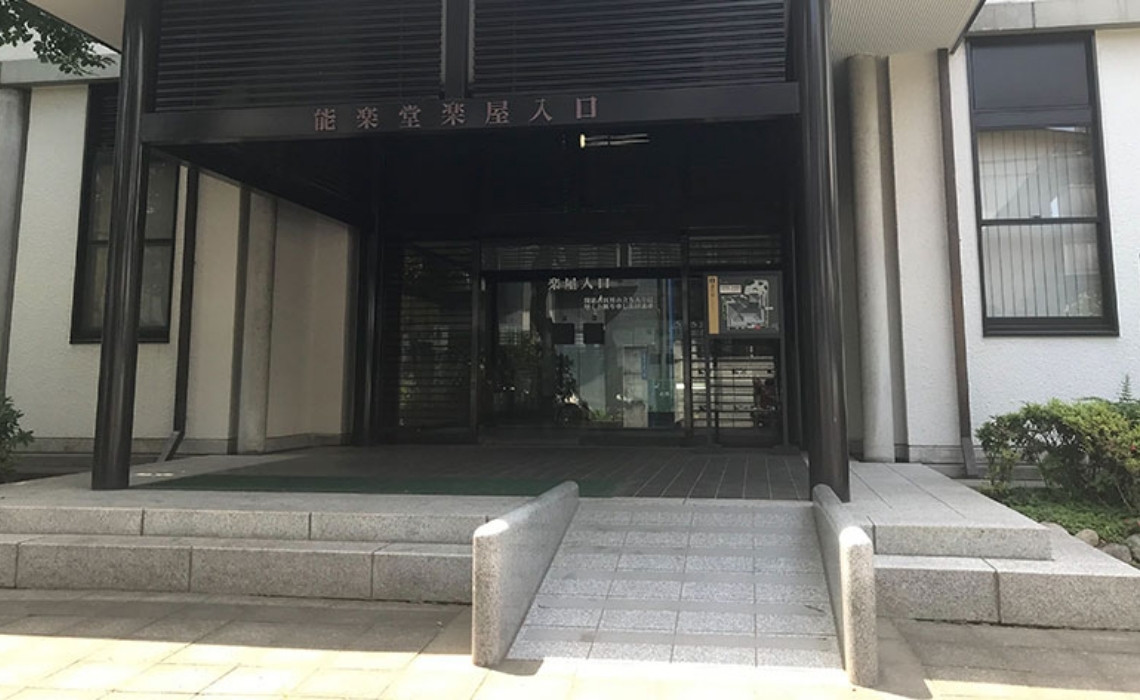
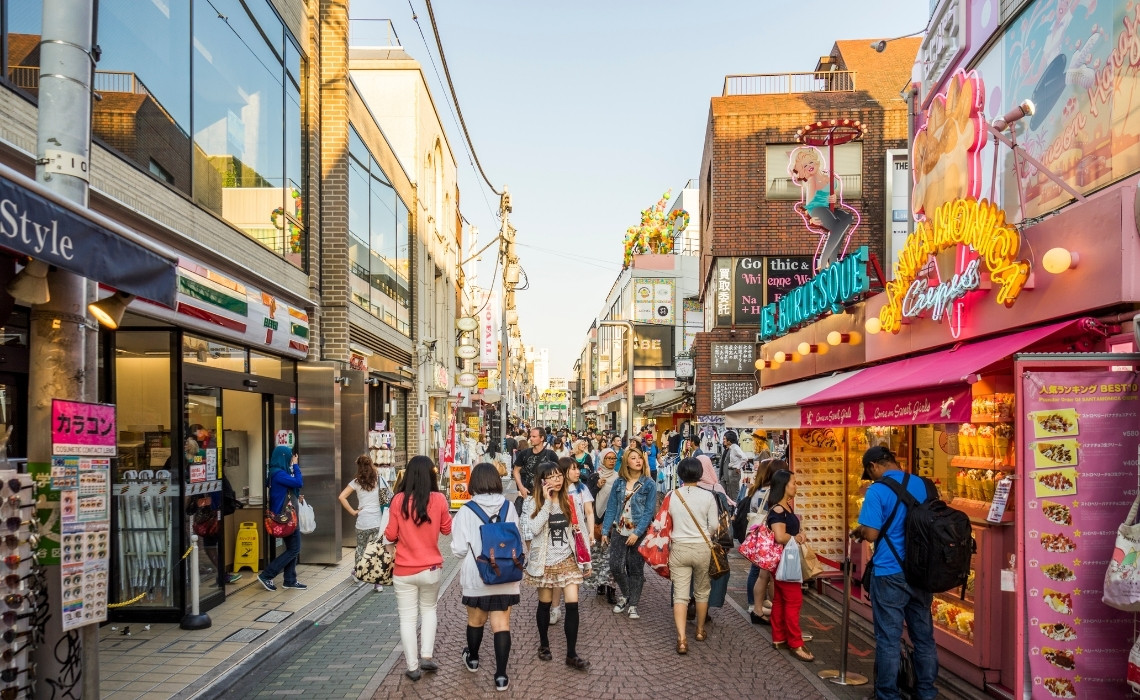
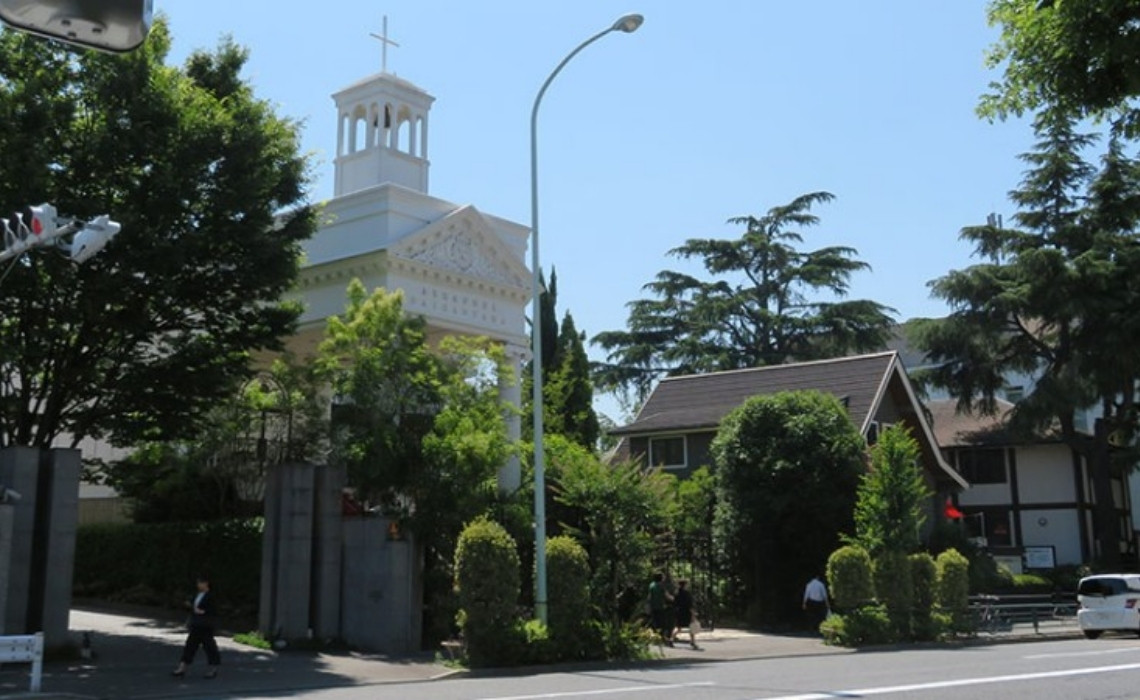
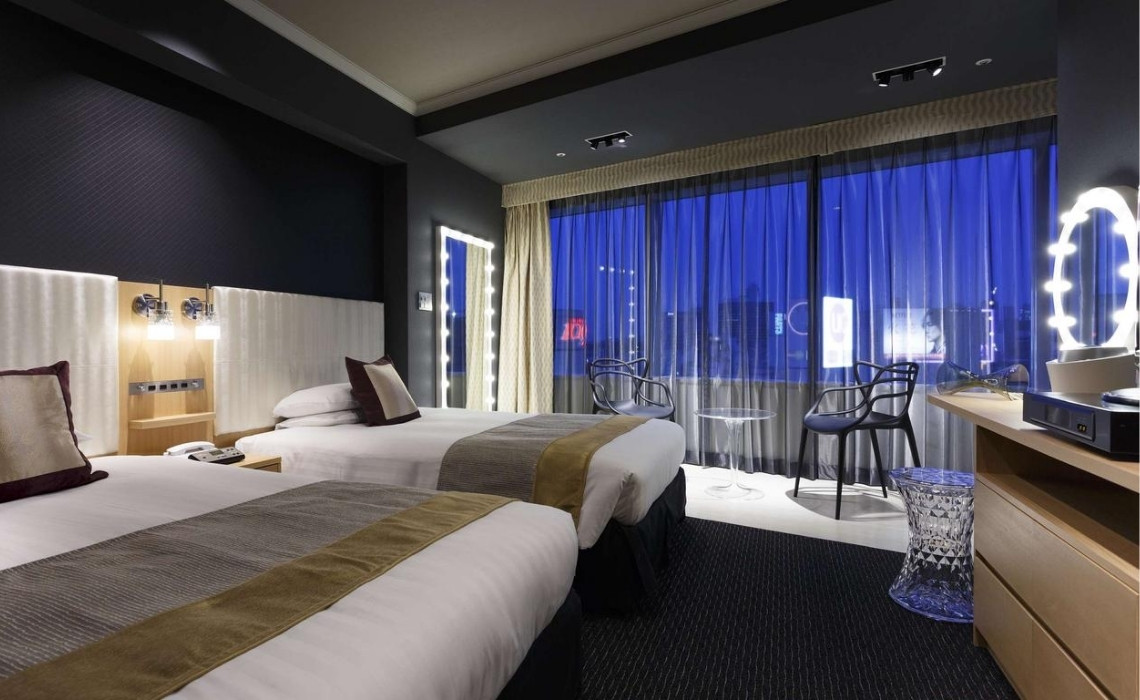
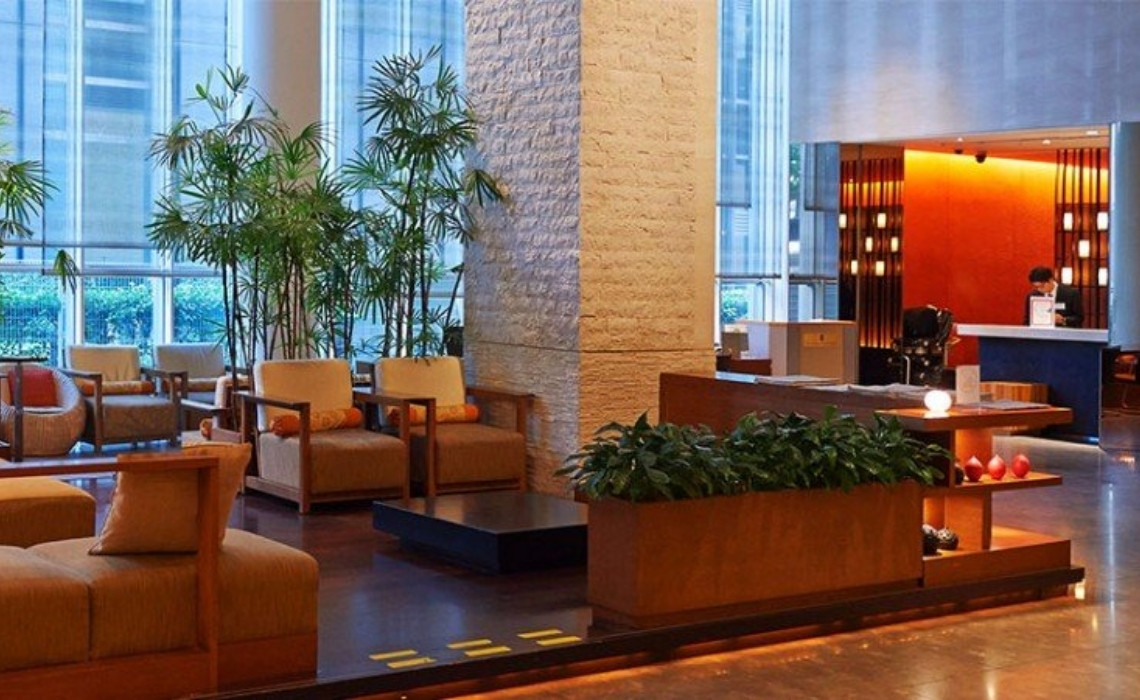
Responses